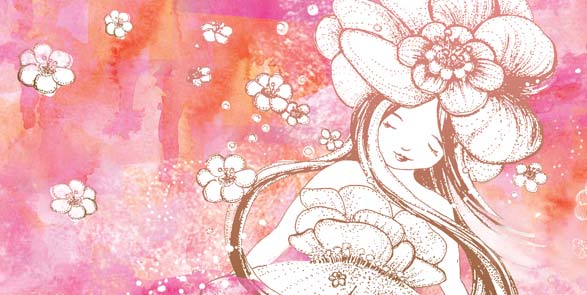Every so often a patient regresses and complains once again of sexual pain after Botox treatment for vaginismus. This can be due to many factors, the most common of which is inadequate dilation. Just picking up the dilators and getting back on a dilation program will often cure the problem without the need for more Botox.
Sometimes pain can recur after delivery of a baby, and one would have to differentiate recurrent vaginismus from pain due to the delivery, a painful episiotomy scar or the recurrence of vestibulodynia or vulvodynia.
Recurrent vaginismus vs. vestibulodynia (pain in the vulvar vestibule)
 Vestibulodynia: The word vestibule means “room” and refers to the area just outside the vagina, and inside the labia. “Dynia” is derived from the Greek root “odyne” and means pain. Therefore, vestibulodynia is pain involving the vulvar vestibule. (Older terminology refers to “vestibulitis” or “vulvar vestibulitis syndrome”.) Since the tissues are actually collapsed in this area, there is no real space, only a potential space, which opens up during penetration. Sometimes the reason for the recurrent pain it is not very obvious. The way one tries to distinguish between recurrent vaginismus vs. vestibulodynia or vulvodynia (pain involving the vulva) is as follows:
Vestibulodynia: The word vestibule means “room” and refers to the area just outside the vagina, and inside the labia. “Dynia” is derived from the Greek root “odyne” and means pain. Therefore, vestibulodynia is pain involving the vulvar vestibule. (Older terminology refers to “vestibulitis” or “vulvar vestibulitis syndrome”.) Since the tissues are actually collapsed in this area, there is no real space, only a potential space, which opens up during penetration. Sometimes the reason for the recurrent pain it is not very obvious. The way one tries to distinguish between recurrent vaginismus vs. vestibulodynia or vulvodynia (pain involving the vulva) is as follows:
An important part of the history that I get is “Does intercourse (or any attempted penetration) feel like there is a wall.” If so, this usually indicates spasm of the entry muscle (bulbocavernosum) and the diagnosis of recurrent vaginismus can be made. I have a patient from England who was treated with Botox for severe vaginismus. She is now having intercourse, but has continued pain in the vestibule, which is just outside the vagina. The diagnosis now becomes probable vestibulodynia. The two would be treated differently. Recurrent vaginismus is treated first with dilators and then Botox only if needed. Vestibulodynia is more difficult to treat and sometimes responds to repeat Botox, though recurrence is probable.
 Recurrent vulvodynia also causes recurrent sexual pain. Here pain in the vulva may have been suppressed by the Botox injections; only to re-appear once the Botox is wearing off. One such patient continued to be cured of her vaginismus, and had an excellent suppression of her pain in the vulva. Once the Botox was no longer active, after about four months, the pain in the vulva recurred. She continued to be pain free as far as the vaginismus was concerned. Her story appeared in Cosmopolitan Magazine in November 2011 and can be downloaded from our website under Publications.
Recurrent vulvodynia also causes recurrent sexual pain. Here pain in the vulva may have been suppressed by the Botox injections; only to re-appear once the Botox is wearing off. One such patient continued to be cured of her vaginismus, and had an excellent suppression of her pain in the vulva. Once the Botox was no longer active, after about four months, the pain in the vulva recurred. She continued to be pain free as far as the vaginismus was concerned. Her story appeared in Cosmopolitan Magazine in November 2011 and can be downloaded from our website under Publications.
 I also wrote a blog “Misdiagnosis of Sexual Pain: Vulvodynia, Vestibulodynia, Vestibulitis vs. Vaginismus” that appear on February 9, 2012. This blog will also help the reader to understand the various forms of sexual pain. (add image of vaginismus blog)
I also wrote a blog “Misdiagnosis of Sexual Pain: Vulvodynia, Vestibulodynia, Vestibulitis vs. Vaginismus” that appear on February 9, 2012. This blog will also help the reader to understand the various forms of sexual pain. (add image of vaginismus blog)
As of April 2012, after treating 170 patients with Botox and progressive dilation under anesthesia for vaginismus, I have one patient who had recurrence of vestibulodynia and one patient who had recurrent vulvodynia, as noted above. All the other patients who had recurrence of sexual pain simply needed to start dilating again. None of these patients required additional Botox.
It is not clear how long one needs to dilate after vaginismus treatment with the Botox program. It appears that about one year of some dilation every one to two days and periodically sleeping with a medium dilator will keep vaginismus from recurring.
Contact Us
If you have any questions about our Botox treatment for vaginismus and progressive dilation under anesthesia, please contact us via our contact us form.
